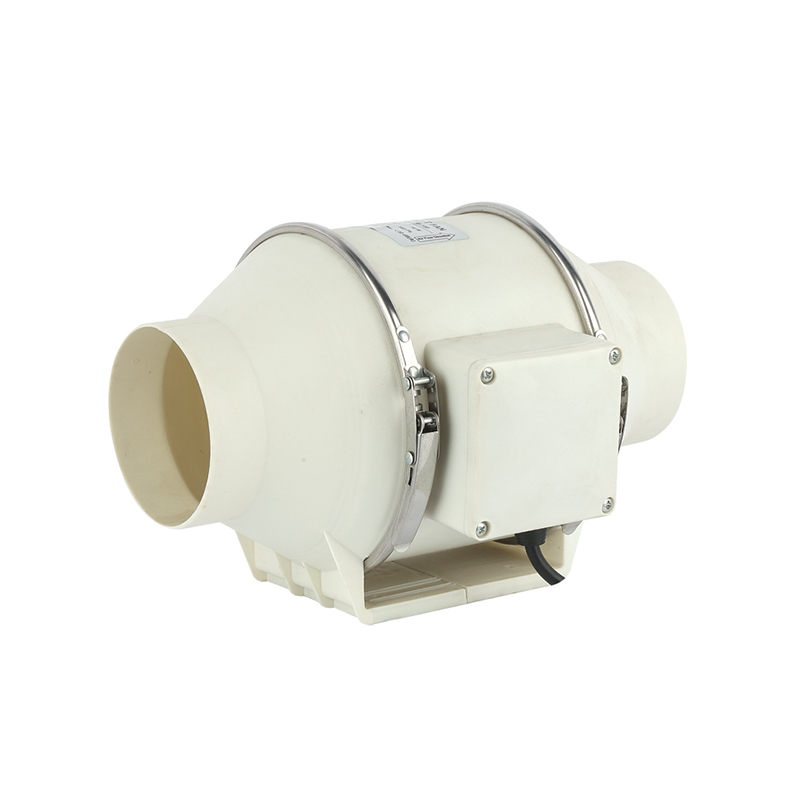Qinlang focuses on providing high-quality products and considerate services, and is committed to meeting every expectation of our customers.
The DKT-133 Cooling Ventilation Double Inlet Air Conditioning Fan is d...
See DetailsAirflow management is a critical aspect of maintaining comfortable and efficient environments in both residential and commercial settings. The ability to control airflow precisely can cause significant energy savings, improved air quality, and better overall comfort. Variable speed duct booster fans, variable speed inline fans, and variable speed inline exhaust fans are at the forefront of this technology, offering a dynamic solution to airflow control.

The Versatility of Variable Speed Inline Fans
Variable speed inline fans are known for their adaptability, allowing users to adjust airflow to meet the specific needs of their space. These fans can be easily integrated into existing HVAC systems, providing a flexible solution for a variety of applications. Whether it's a need for increased ventilation in a crowded office or a desire for more consistent airflow in a large warehouse, variable speed inline fans can be adjusted to deliver the right amount of air where it's needed most.
Enhancing Efficiency with Variable Speed Inline Exhaust Fans
In many industrial and commercial settings, efficient exhaust is just as important as supply. Variable speed inline exhaust fans are designed to remove stale air, fumes, and contaminants from the environment, ensuring a safe and healthy atmosphere. By offering variable speed control, these fans can be set to operate at the good speed for any given situation, reducing energy consumption while maintaining the desired level of exhaust. This precision allows businesses to save on energy costs without compromising the quality of the air within their facilities.
improving Comfort with Variable Speed Duct Booster Fans
The comfort of a space is often directly related to the quality of its airflow. Variable speed duct booster fans are engineered to enhance the performance of central air conditioning systems by increasing the speed and volume of air circulated throughout a building. These fans can be programmed to adjust their speed based on the specific needs of the space, ensuring that every corner receives the great amount of air. This not only guides to a more comfortable environment but also helps to prevent energy waste by not overworking the HVAC system.
Installation and Maintenance of Variable Speed Fans
The installation of variable speed inline fans, variable speed inline exhaust fans, and variable speed duct booster fans is a straightforward process that can be completed by a professional HVAC technician. These fans are designed to be compact and unobtrusive, fitting easily into existing ductwork. Maintenance is minimal, as these fans are built with high-quality components that are designed to withstand the test of time. However, routine checks and the occasional replacement of filters or belts can help to ensure that the fans continue to operate at peak efficiency.
Customizing Airflow for Specific Needs
One of the key advantages of variable speed fans is their ability to be customized to specific needs. Whether it's a need for more powerful airflow in a kitchen or a quieter, more gentle breeze in a bedroom, these fans can be adjusted to meet the unique demands of any space. This level of control allows homeowners and business owners to create a more personalized and comfortable environment, tailored to their specific preferences.
In conclusion, variable speed inline fans, variable speed inline exhaust fans, and variable speed duct booster fans are indispensable tools for controlling airflow with precision. They offer a balance of efficiency, performance, and customization that is unmatched by traditional, fixed-speed fans. By investing in these advanced fans, individuals and businesses can enjoy the benefits of improved comfort, enhanced air quality, and reduced energy consumption. As the demand for smarter and more sustainable solutions grows, variable speed fans are poised to play a central role in the future of HVAC technology.